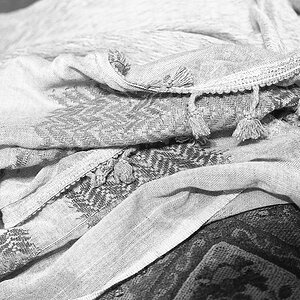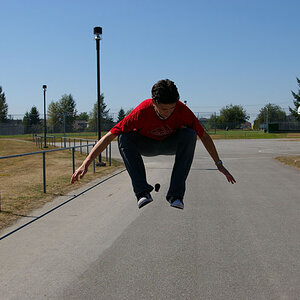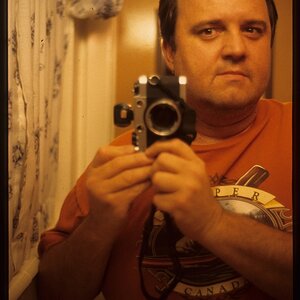Kid_Rock_GTX
TPF Noob!
- Joined
- Dec 14, 2006
- Messages
- 17
- Reaction score
- 0
Sorry this is such a basic question but im interested in learning how to use my moms old K1000 camera. I got the film and It looks pretty basic but what im a little confused about is how do i make sure the film is in frame with the shutter? cause to me it seems if it was off it would take half the pic on the pic and the other half on a different pic. Does that make any since? lol this is such a stupid noobie question. I looked on the net but didnt find much help and I really dont want to throw away a roll of film trying to figure it out, thats why i hope someone here can give me the low down on film loading


![[No title]](/data/xfmg/thumbnail/33/33493-f055dbbe7f00f271d3959dd3a6482165.jpg?1619736004)










![[No title]](/data/xfmg/thumbnail/33/33495-c9bffdaa44506a6169a2faff5c7e086e.jpg?1619736004)